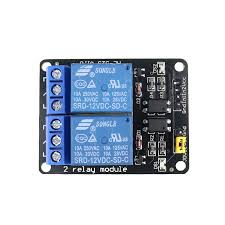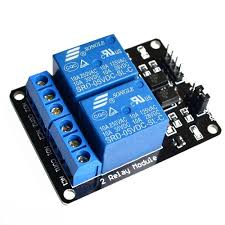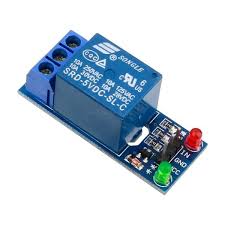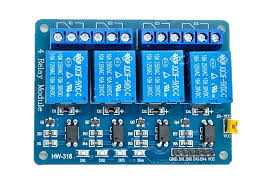Product added to cart!

1 / 3



2 Channel Relay Module
Relays Module
Product ID:
HF522735
Stock:
20 units available
Details:
A 2-Channel Relay Module is an electronic switching device that allows you to control high-voltage A...
A 2-Channel Relay Module is an electronic switching device that allows you to control high-voltage AC appliances (like fans, lights, or pumps) or high-current DC devices using the low-voltage signals from a microcontroller such as an Arduino. The module has two relays, each acting as an electrically operated switch. Typically, it operates on a 5V supply and can be triggered using digital pins from the Arduino. Each relay consists of three terminals: COM (Common), NO (Normally Open), and NC (Normally Closed). When the relay is inactive, COM is connected to NC; when the relay is activated, COM switches to NO, thus completing the circuit for the external device. The module usually has optocouplers or transistors for isolation, protecting the Arduino from high-voltage spikes.
Interfacing with Arduino is straightforward. First, connect the VCC pin of the relay module to the Arduino’s 5V and the GND pin to the Arduino’s ground. The IN1 and IN2 pins of the module should be connected to two digital pins of the Arduino (e.g., pin 7 and pin 8). These pins act as control signals to switch the relays ON or OFF. On the load side, connect the appliance to the relay’s COM and NO terminals if you want the device to turn ON when the relay is triggered, or use COM and NC if you want it ON by default. In the Arduino code, configure the digital pins connected to IN1 and IN2 as OUTPUT, and write digitalWrite(pin, HIGH or LOW) to control the relay state. For example, sending a LOW signal may activate the relay depending on whether it is active LOW or active HIGH type (this depends on the module design).
Read more
PKR 350.00

